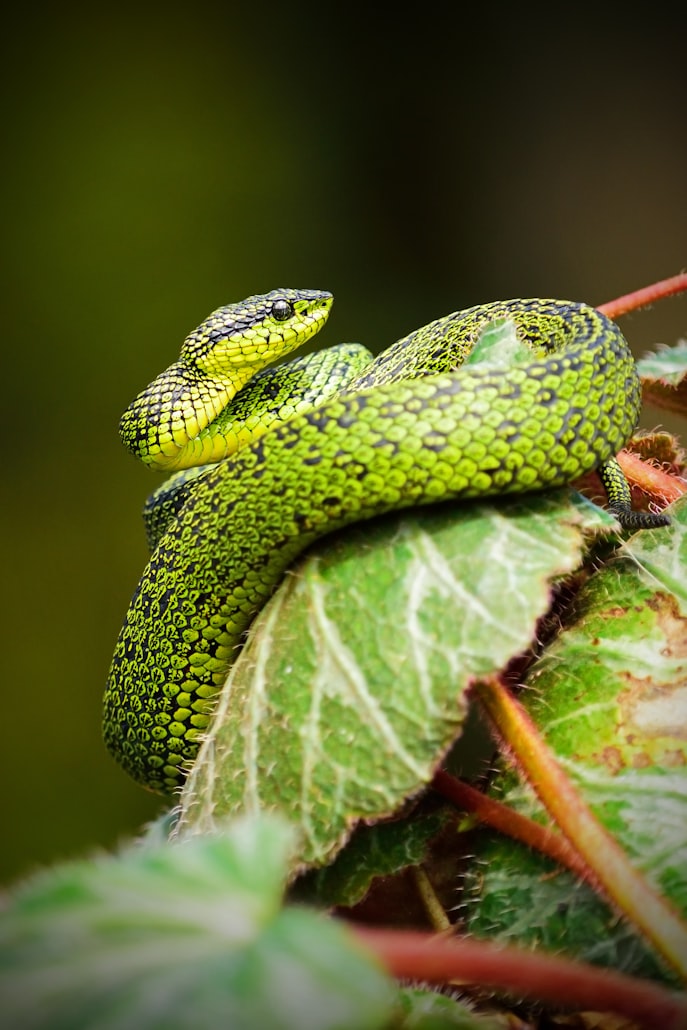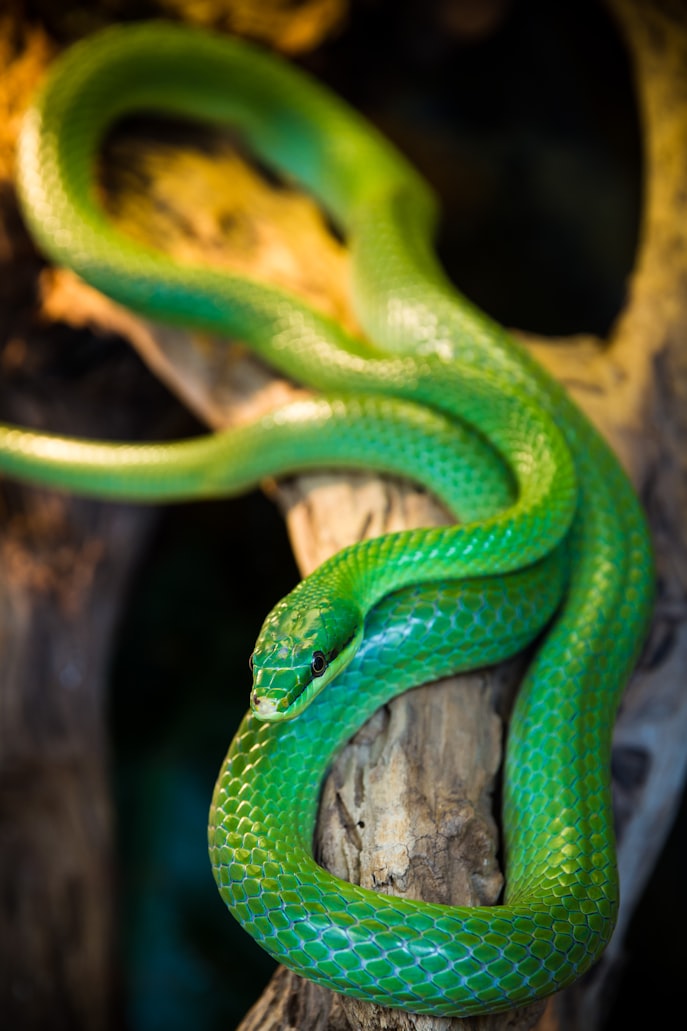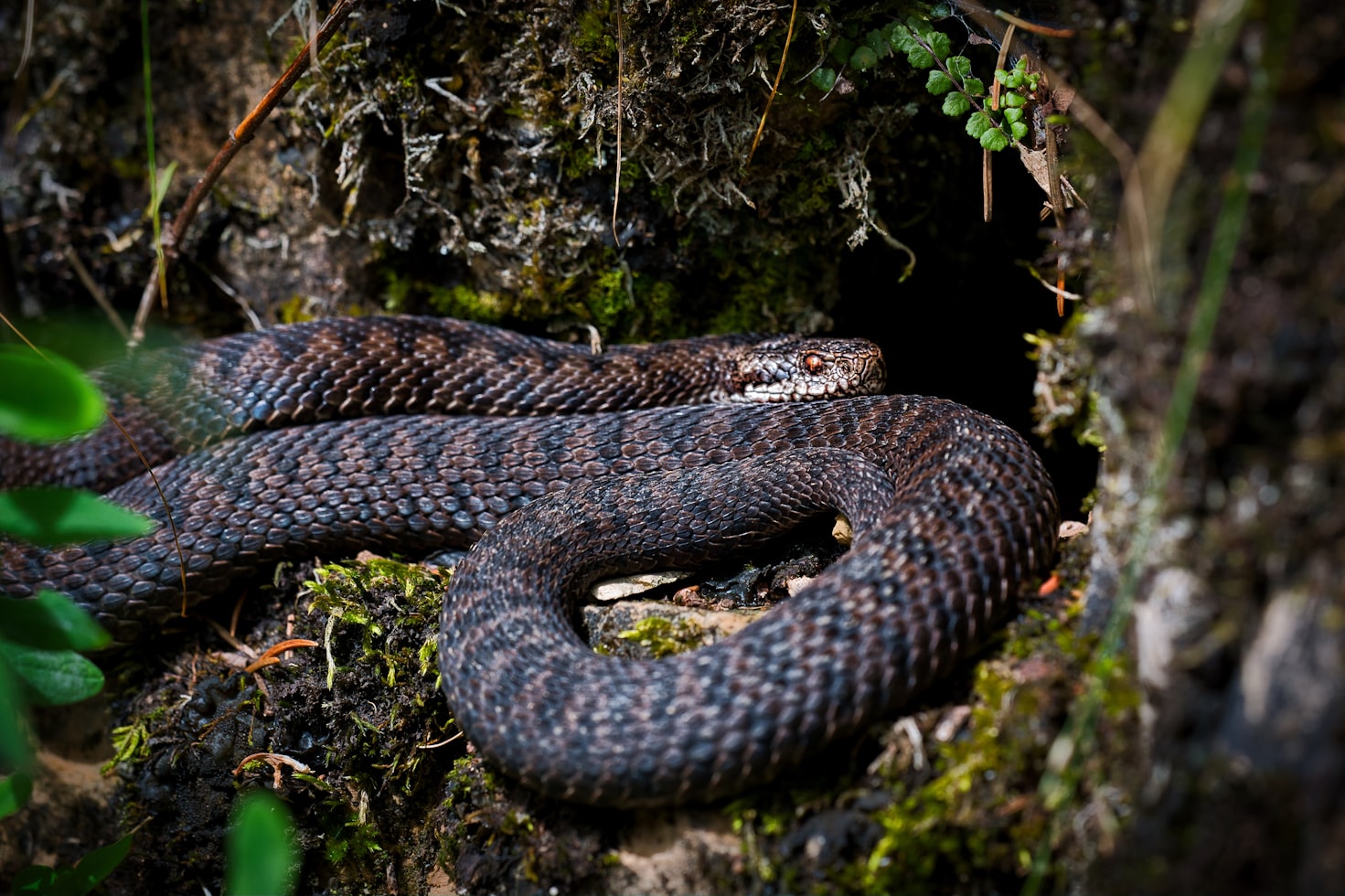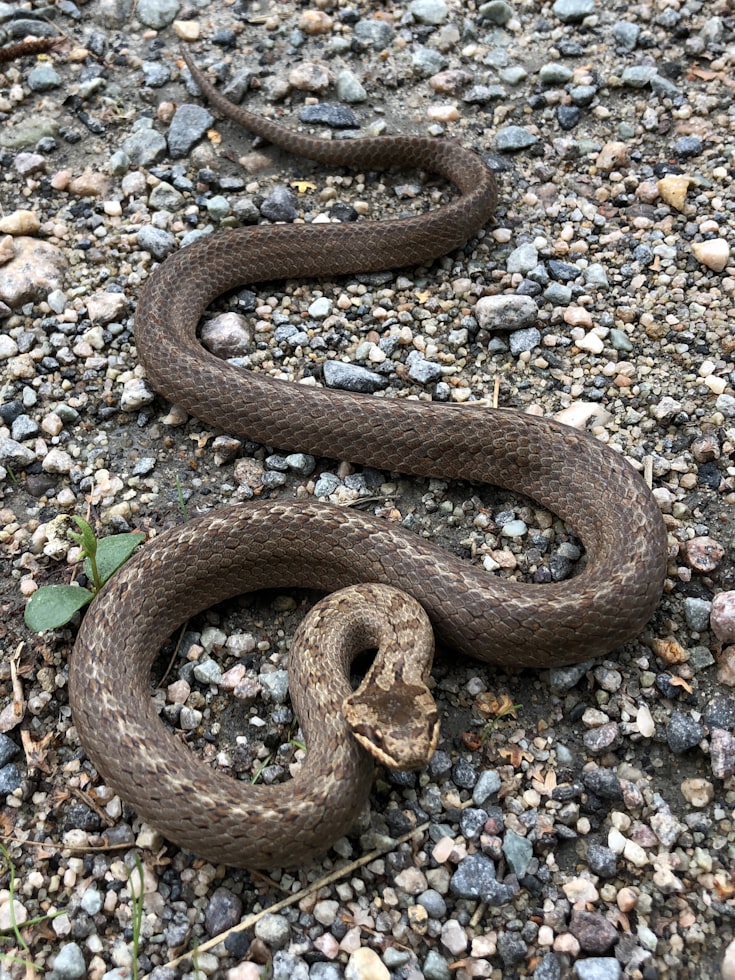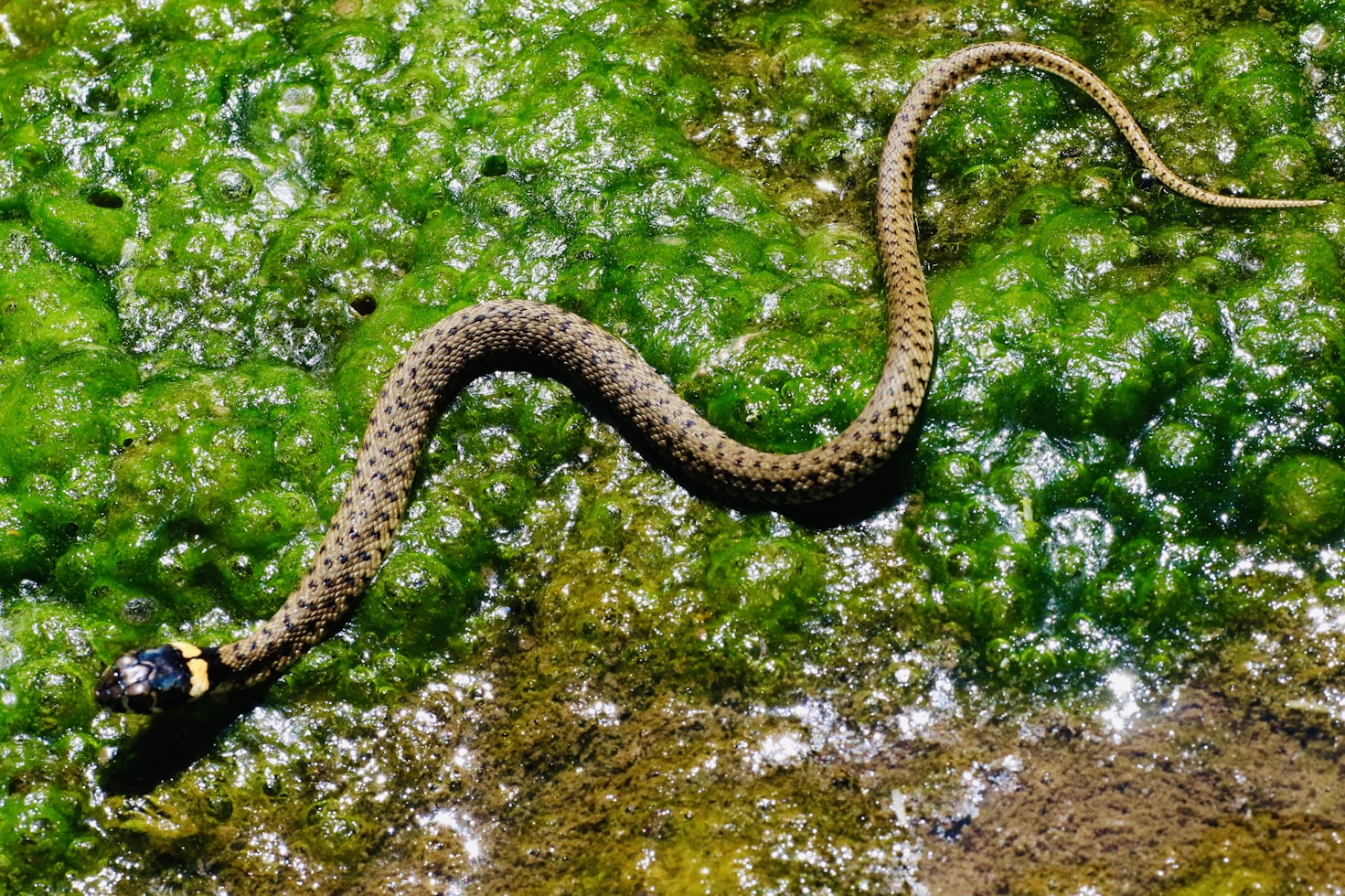Exploring the Fascinating World of Snakes: Facts, Myths, and More
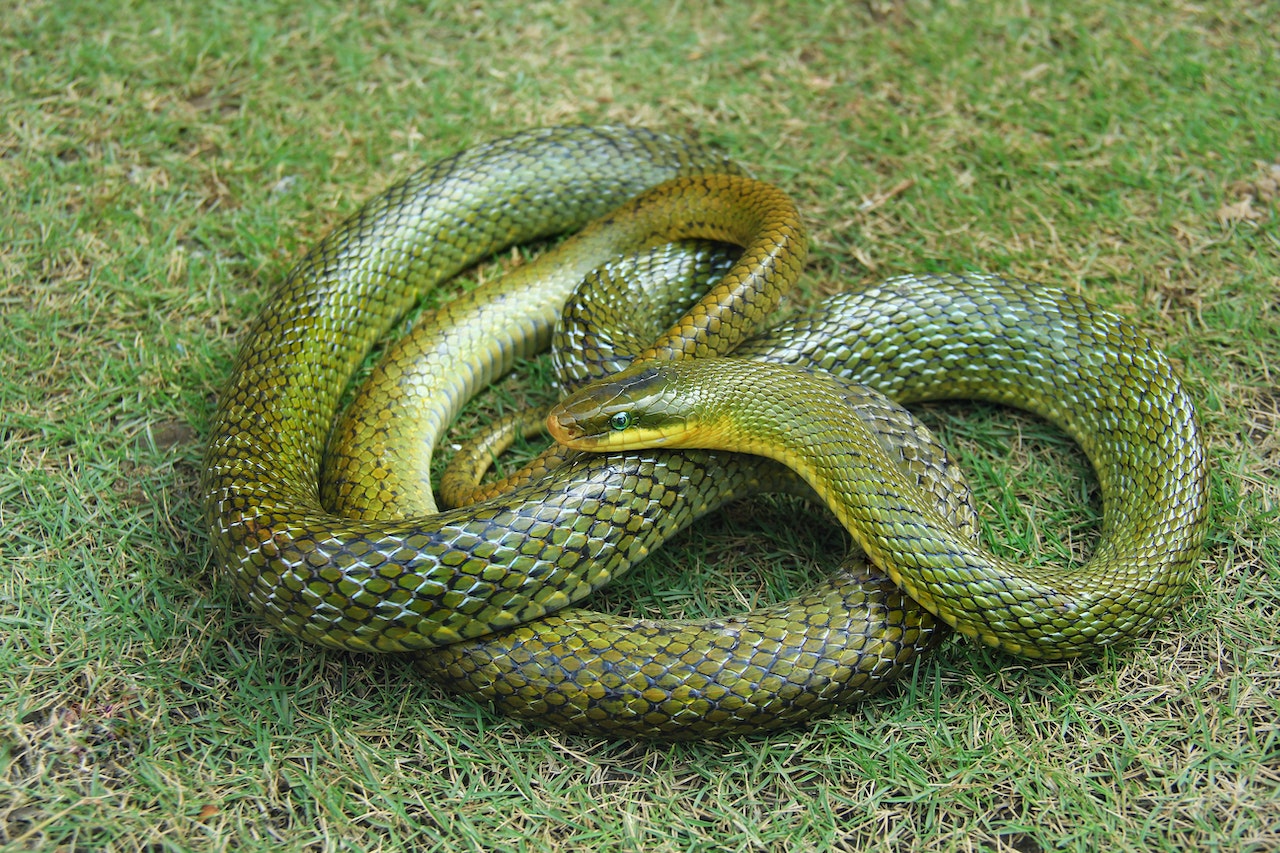
Snakes are one of the most fascinating creatures on the planet. With their unique physical characteristics and behavior, they have captured the attention of humans for centuries. Despite their reputation as dangerous and scary creatures, snakes play an important role in the ecosystem and have many interesting facts and myths surrounding them.
In this article, we’ll explore the world of snakes and uncover some of the most interesting facts about these amazing creatures.
The Anatomy and Physical Characteristics of Snakes
Snakes are highly specialized reptiles that have evolved unique physical characteristics to help them survive and thrive in their environment. One of the most notable characteristics of snakes is their elongated and flexible body, which allows them to move through narrow spaces and to capture prey. Snakes also lack limbs, which has allowed them to develop a unique method of movement known as “sidewinding”.
In addition to their unique body shape, snakes also have several other adaptations that help them survive in their environment. For example, many species of snakes have heat-sensing pits on their face, which allows them to detect the body heat of their prey. Some species of snakes also have venomous fangs, which they use to subdue their prey.
Overall, the anatomy and physical characteristics of snakes are highly specialized and have allowed them to become successful predators in their environment.
The Different Types of Snakes and Their Habitats
There are over 3,000 species of snakes in the world, each with its unique characteristics and habitat preferences. Some species of snakes are found in a wide range of habitats, while others are highly specialized and only found in specific environments.
For example, some species of snakes are found in arid desert environments, while others are found in tropical rainforests. Some species prefer to live in trees, while others live in burrows or underground.
The different types of snakes and their habitats can have important implications for their survival and behavior. For example, snakes that live in arid environments may have adaptations that allow them to conserve water, while snakes that live in wet environments may have adaptations that allow them to swim and hunt in water.
Overall, understanding the different types of snakes and their habitats is important for understanding their behavior, ecology, and conservation needs.
The Unique Behavior of Snakes
Snakes have a unique set of behaviors that are highly adapted to their environment and lifestyle. One of the most notable behaviors of snakes is their ability to swallow prey whole. Snakes have highly flexible jaws that allow them to open their mouth wide and swallow prey that is much larger than their own body.
Snakes also have a unique method of movement known as “sidewinding”, which allows them to move across sandy or loose soil surfaces without sinking. Some species of snakes are also highly social, and may form groups or “nests” during certain times of the year.
Overall, understanding the unique behaviors of snakes is important for understanding their ecology and behavior in the wild.
Myths and Misconceptions About Snakes
Snakes have long been the subject of myths and misconceptions, many of which are untrue or exaggerated. For example, one common myth is that all snakes are venomous and dangerous to humans. In reality, the vast majority of snakes are non-venomous and pose no threat to humans.
Another common misconception is that snakes are aggressive and will attack humans unprovoked. In reality, most snakes will avoid humans whenever possible and will only attack if they feel threatened or cornered.
By understanding the myths and misconceptions surrounding snakes, we can better understand these fascinating creatures and appreciate their important role in the ecosystem.
The Importance of Snakes in the Ecosystem
Snakes play an important role in the ecosystem, serving as predators and prey for a wide variety of other animals. As predators, snakes help to control the populations of small mammals, birds, and other reptiles. As prey, snakes provide an important food source for larger predators such as birds of prey and mammals.
Snakes also play an important role in maintaining the balance of ecosystems. For example, some species of snakes are important pollinators, while others help to disperse seeds and nutrients throughout the environment.
Overall, understanding the importance of snakes in the ecosystem is important for understanding their ecological role and for promoting their conservation and protection.
And, finally, to conclude.
Snakes are truly fascinating creatures that have captured the attention and imagination of humans for centuries. Despite their reputation as dangerous and scary creatures, they play an important role in the ecosystem and have many interesting facts and myths surrounding them. By exploring the world of snakes, we can gain a better understanding and appreciation for these amazing creatures.
